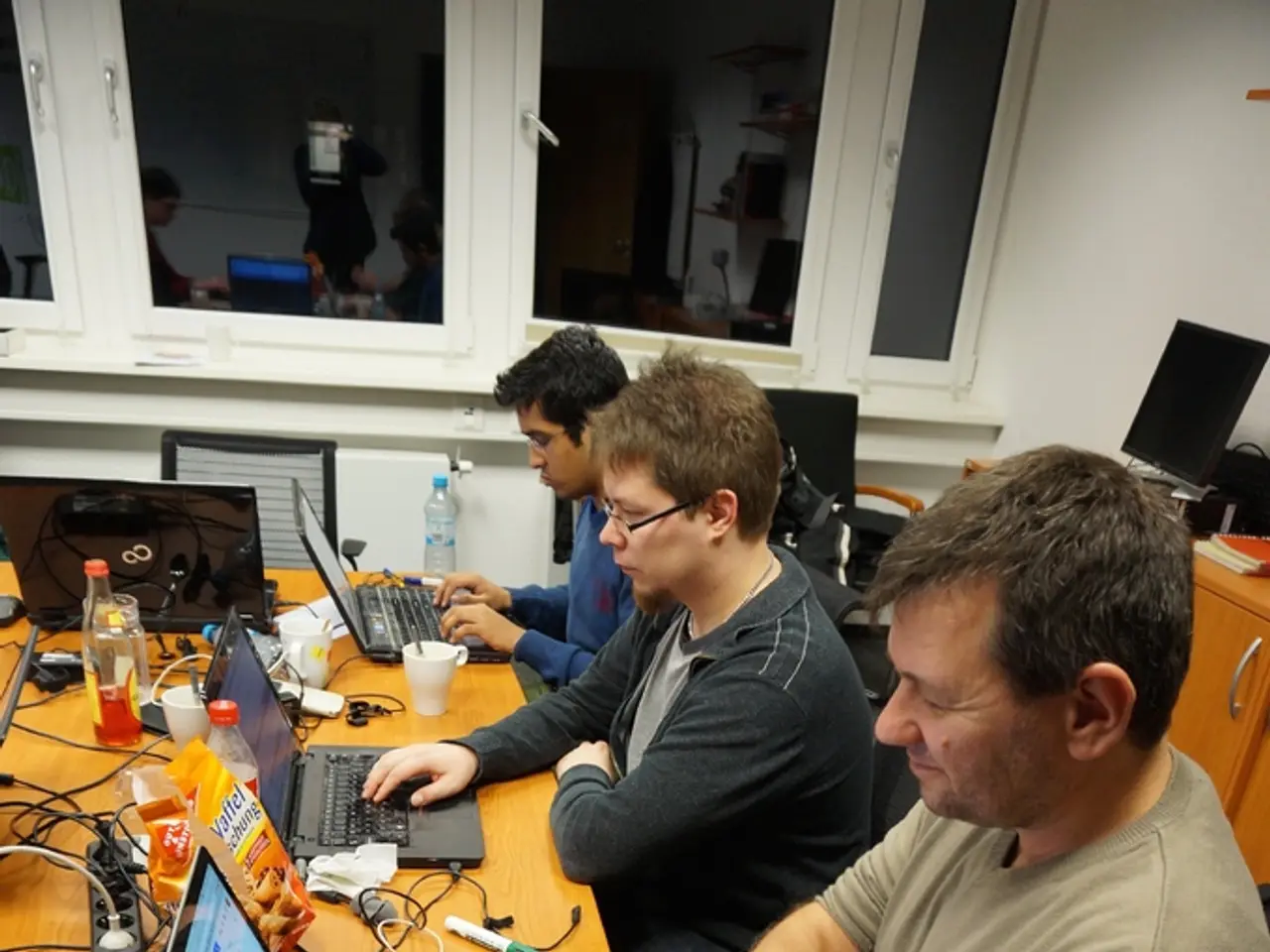Uncovering Undetected Academic Barriers: Techniques for Discovering Invisible Learning Obstacles
Hidden learning challenges can be subtle and often go unnoticed without careful observation. These difficulties can manifest as issues with attention, memory, behaviour, or academic performance, and they can significantly impact an individual's life, both personally and professionally.
In children, signs of hidden learning challenges may include struggling with learning despite apparent intelligence or effort, difficulties with attention, memory, or behaviour, problems with reading, math, or auditory processing, emotional symptoms such as anxiety, low self-esteem, or feelings of helplessness, trouble following directions, poor organizational skills, and frequent forgetfulness.
Adults may exhibit symptoms such as difficulty focusing or sustaining attention, forgetfulness, poor organizational skills, chronic procrastination, restlessness, impulsive behaviours, mood swings, frustration with minor setbacks, and symptoms affecting multiple areas of life, such as work, home, or relationships.
To help children and adults with hidden learning challenges succeed, several strategies can be employed. For children, conducting psychoeducational assessments to identify specific strengths and challenges is crucial. Memory games, exercises, and mnemonic devices can help improve working memory, while praising effort rather than innate ability fosters a growth mindset. Encouraging resilience by framing setbacks as learning opportunities and providing emotional support are also essential. Working with educators to implement classroom accommodations tailored to individual needs is vital.
For adults, recognising that learning challenges may have been undiagnosed during childhood is the first step. Using organisational tools such as planners, reminders, and structured routines can help manage tasks. Breaking tasks into smaller, manageable steps can reduce overwhelm. Seeking professional evaluation for conditions like ADHD or other learning disabilities is recommended. Developing coping strategies for managing impulsivity or emotional regulation and communicating openly with employers or educators about needed accommodations is also crucial.
It's important to remember that learning disabilities are not indicative of intelligence; they reflect differences in brain processing. Emotional and social issues often accompany learning challenges and should be addressed alongside academic support.
Many teachers and employers may lack training or resources to recognise and support hidden learning challenges, so advocacy and self-education are essential. Creating a positive learning environment is key, involving the use of inclusive learning accommodations, positive reinforcement, and accommodation strategies such as changing lesson formats, using technology, and offering flexible schedules.
By focusing on a positive learning environment and self-advocacy, those with hidden learning challenges can thrive academically and professionally by tailoring support to their unique needs and fostering an environment of understanding and growth. Making sure all students feel included is important, helping them feel confident and valued.
Parents play a key role in spotting hidden learning challenges by watching their child's behaviour at home and noticing signs such as trouble with homework, not wanting to read, or not doing well in school. Autistic women are especially at risk of being overlooked because their behaviours can seem like those of non-autistic people.
By tackling these hidden challenges and creating a supportive work environment, people can reach their full potential and achieve successful careers and personal growth. Long-term masking can cause serious health problems, including stress, depression, and anxiety. People with hidden learning disabilities, like dyslexia, face special challenges at work, including struggles with reading, writing, and spelling, as well as time management and organization issues.
In conclusion, recognising signs and symptoms of hidden learning challenges, seeking professional help, and creating supportive learning environments are essential for individuals with hidden learning challenges to thrive. By working together, we can ensure that everyone has a chance to succeed, not just in academics but in life.
- Recognizing the symptoms of hidden learning challenges, such as struggling with attention, memory, behavior, or academic performance, is crucial for both children and adults.
- Developing positive parenting strategies, like monitoring a child's behavior at home, can aid in identifying hidden learning challenges, especially among groups like autistic women who might be overlooked.
- In the realm of education-and-self-development and career-development, it's essential to foster a positive learning environment that includes the use of inclusive learning accommodations, positive reinforcement, and adaptation strategies like changing lesson formats, using technology, and offering flexible schedules.
- By addressing learning challenges with strategies like psychoeducational assessments, memory games, organizational tools, and seeking professional help, individuals can overcome these obstacles, thereby enhancing their mental-health, health-and-wellness, and ultimately, their professional success.




